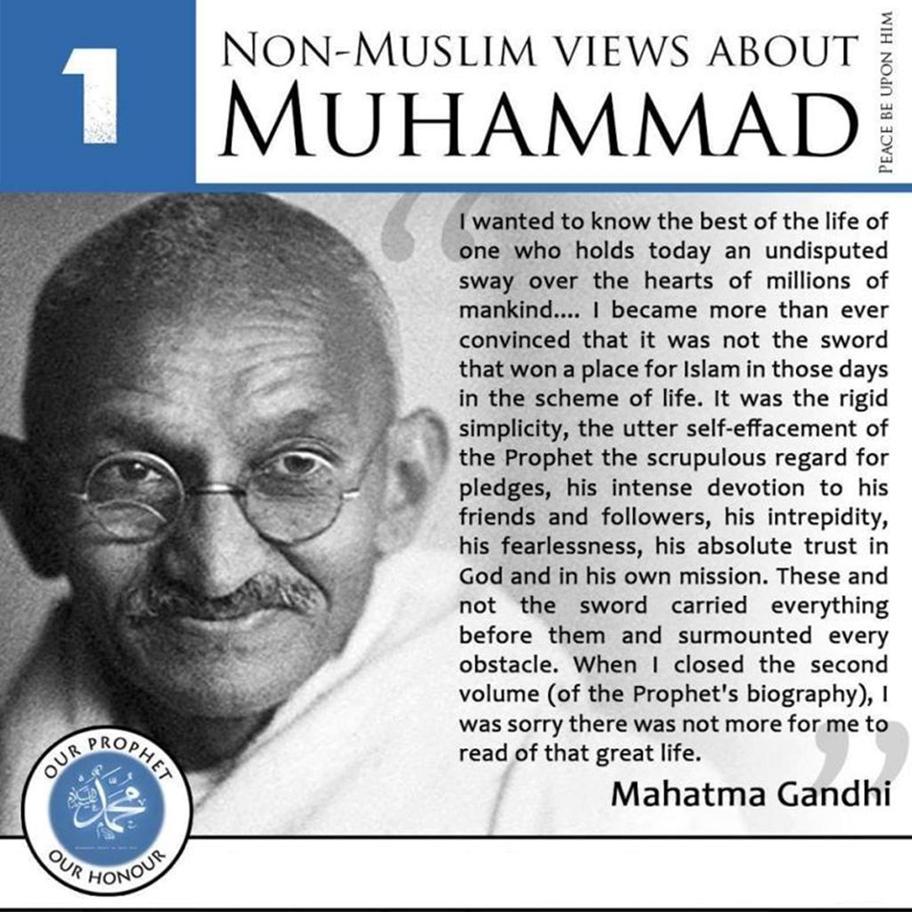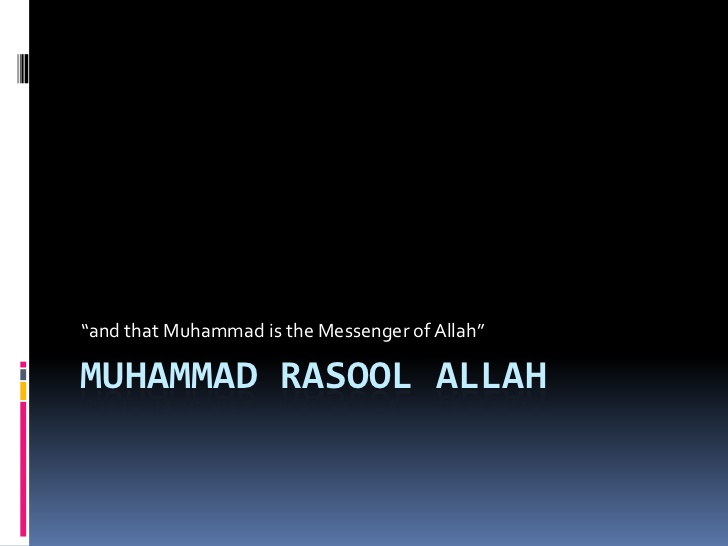At Your Service O’ Prophet Mohammad – Part 1: Sources of Prophet’s Holy Biography
Sources of Prophet’s Holy Biography
 This page is dedicated to Abu al-Qassem Mohammad Bin Abdullah Bin Abdul-Muttalib, the holy Messenger and Prophet of Islam, who is believed to be the restorer of the unaltered original monotheistic faith of Adam, Noah, Abraham, Moses, Jesus, and other prophets (as).
This page is dedicated to Abu al-Qassem Mohammad Bin Abdullah Bin Abdul-Muttalib, the holy Messenger and Prophet of Islam, who is believed to be the restorer of the unaltered original monotheistic faith of Adam, Noah, Abraham, Moses, Jesus, and other prophets (as).
To create a clear image of Prophet Mohammad's biography (peace be upon him and upon his family), it is very important to rely upon viable sources, standards and rules which can offer the most pure image about his noble character.
But what are the sources that should be adopted in extracting his biography, and what are the standards and rules that must be applied to distinguish the right texts from fake ones?
In fact, there are several sources upon which we can rely in shaping the Prophet's character and the critical details of his life and biography.
First, the Holy Quran, the closest and healthiest source to study the Prophet's personality, his features, his characteristics and his positions in many of the blessed surahs and verses. A reader of the Quran – with a deep thinking of its content - can realize various aspects of the Prophet's life and personality.
 The Quran, for example, pointed to the Prophet’s prestige, stature and greatness in the surahs of al-Hujurat, An-Nur, Al-Ahzab and others. It also underlined his names and nicknames mainly in the As-Saff and Al-Imran surahs.
The Quran, for example, pointed to the Prophet’s prestige, stature and greatness in the surahs of al-Hujurat, An-Nur, Al-Ahzab and others. It also underlined his names and nicknames mainly in the As-Saff and Al-Imran surahs.
The Holy book of Islam also highlighted the Prophet's infallibility, purity, compassion, mercy, kindness and courage in the Surahs of Al-Imran, Baraat, Al-Ahzab, Al-Anbiya' and others. In many blessed surahs, the Quran pointed at his ethics, patience and persistence in confrontations and challenges, as well as his way in conveying the Message, citing his attitude towards the inert reaction of the people to his call, and many other positions so much associated with his life and biography.
Second, the texts narrated by Ahlulbait (the Prophet's family, peace be upon them) which tackled the biography of the Noble Prophet. Those texts represent - after the Quran - one of the main sources from which we extract the characteristics of the Prophet and the details of his life, on the grounds that the sons are more knowledgeable about their father, especially what was narrated by Imam Ali bin Abi Talib (peace be upon him) who accompanied the Messenger of Islam at all stages of his life.
Imam Ali was following Prophet Mohammad just like the infant follows his mother, and he used to see him in times where no one other could see him. Ahlulbait (as) narrated hundreds of texts and stories that talked about the general life of the Messenger and the major events he experienced, as well as his private life.
 Third, texts narrated by the companions talking about the Prophet’s biography which represent one of the historical sources - if proved true according to the chain of its narration.
Third, texts narrated by the companions talking about the Prophet’s biography which represent one of the historical sources - if proved true according to the chain of its narration.
However, to evaluate other texts and historical stories that had not been narrated by Ahlulbait (as) and hadn’t been frequent, certain criteria must be adopted through which we can distinguish the correct text, which honestly reflects the historical reality, from the fabricated or interpolated one.
The most important rules that should be adopted in this place are numerous. The first thing that should be considered in the narrated Hadith is the Sanad. Sanad is the chain of narrators who delivered the historic event, for it is important to recognize the social and religious situations of the Hadith narrators. Second, the text content which tells the Prophet’s deed and behavior, must be studied in line with the natural personality of Prophet’s ideal characteristics and features.
For example, if we had a definite proof that the character of the Prophet is in the highest degree of purity, infallibility, wisdom and courage, and that he shows all nobles and virtues which hold all the Islamic values, we must then make them a standard and balance to any relevant text that might add something to the Prophet’s biography. If the text was in line with those characteristics and advantages, it would be acceptable; otherwise, we would not hesitate to refuse such a text.
Fourth: historical texts must be compared with the Holy Quran. What the Holy book approves, we embrace it; and what it doesn't, we should abandon it. This rule must be adopted, not only regarding the Prophet’s biography, but also in all the narrated Hadiths, whether related to history, jurisprudence, morals or otherwise. It had been narrated from the Prophet Mohammad (sws) as saying: "Too many hadiths you will receive after me. Any narrated hadith must be compared to the Quran. Those that approved the book of Allah, you should approve, and what is against the Qur'an must stand rejected."
Why 'At Your Service O' Prohet Mohammad' series is posted?
This work is to raise the word of truth in the face of the Western and Zionist media that wants to distort the image of Islam and to fabricate the historical facts. It is to face those attempts of keeping the world public opinion from honoring Islam. It is to reveal the real image of Prophet Mohammad (sws); the pure, the noble, the wise, the courageous, the infallible and the compassionate leader of our Ummah.